Writing product descriptions can be tricky. Depending on your e-commerce platform or website layout template, you might only have a few lines to write a product description that provides the information the customer is looking for and that is captivating enough to grab their attention. In this article, we will provide some tips on how to write product descriptions that effectively inform and persuade customers.
Understand Your Target Audience
The first, and perhaps the most important step in the product description writing process is understanding your audience. And by this, we mean understanding your audience persona down the tiniest characteristic. For example, some common characteristics and demographics include gender, age range, income level, geographic region or country, family size, job title, education level, and more. Whichever demographics are most important to your e-Commerce business, be sure that your product description is written in such a way that “speaks” to them.
Focus On Feelings, Not Features
You might want to show that your product has the best features that your customers are looking for. This is important, however, customers are more interested in how your product can benefit them and improve their lives. Keeping this in mind will allow you to write a product description that will convert.
Use Power Words
No, we aren’t talking about using overly-salesly language. Rather, we are talking about using powerful action words and language. Using words like wondrous, mind-blowing, devoted, fulfill, miracle, or staggering to describe your products’ benefits are great examples you can use to improve your product descriptions.
Keep It Short And Sweet
Product descriptions should be easy for potential buyers to skim, allowing them to pull out benefits, features, and notice those “power” words. If you have the space available, then you can also include bullet points, lists, and short paragraphs and sentences. The easier you make it for the buyer to scan your product description, the more likely they will be able to pull out the information they are looking for and buy your product.
Don’t Forget About Your Ads
One thing to keep in mind is that if you update your product descriptions on your e-Commerce platform or product pages on your website, you will need to update any ads you might be running as well. AdScale can help you do this easily with their Store-to-Ad sync feature. Any updates you make on your product pages will automatically reflect on your ads. This can save a ton of time from manually updating product descriptions on all your products and then also updating all your ads.
Make Your Product Descriptions Count
Finally, as we mentioned above, depending on your e-Commerce platform and website template and layout, you may have plenty of room to write out product descriptions or you may only have a few lines. By following the tips above, you can write effective product descriptions that not only fit your product pages, but that also inform and persuade customers to boost sales.
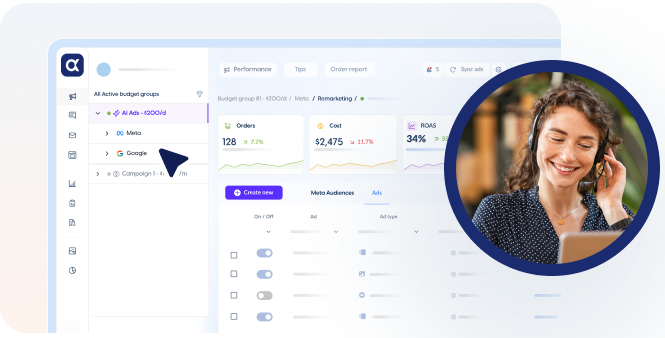

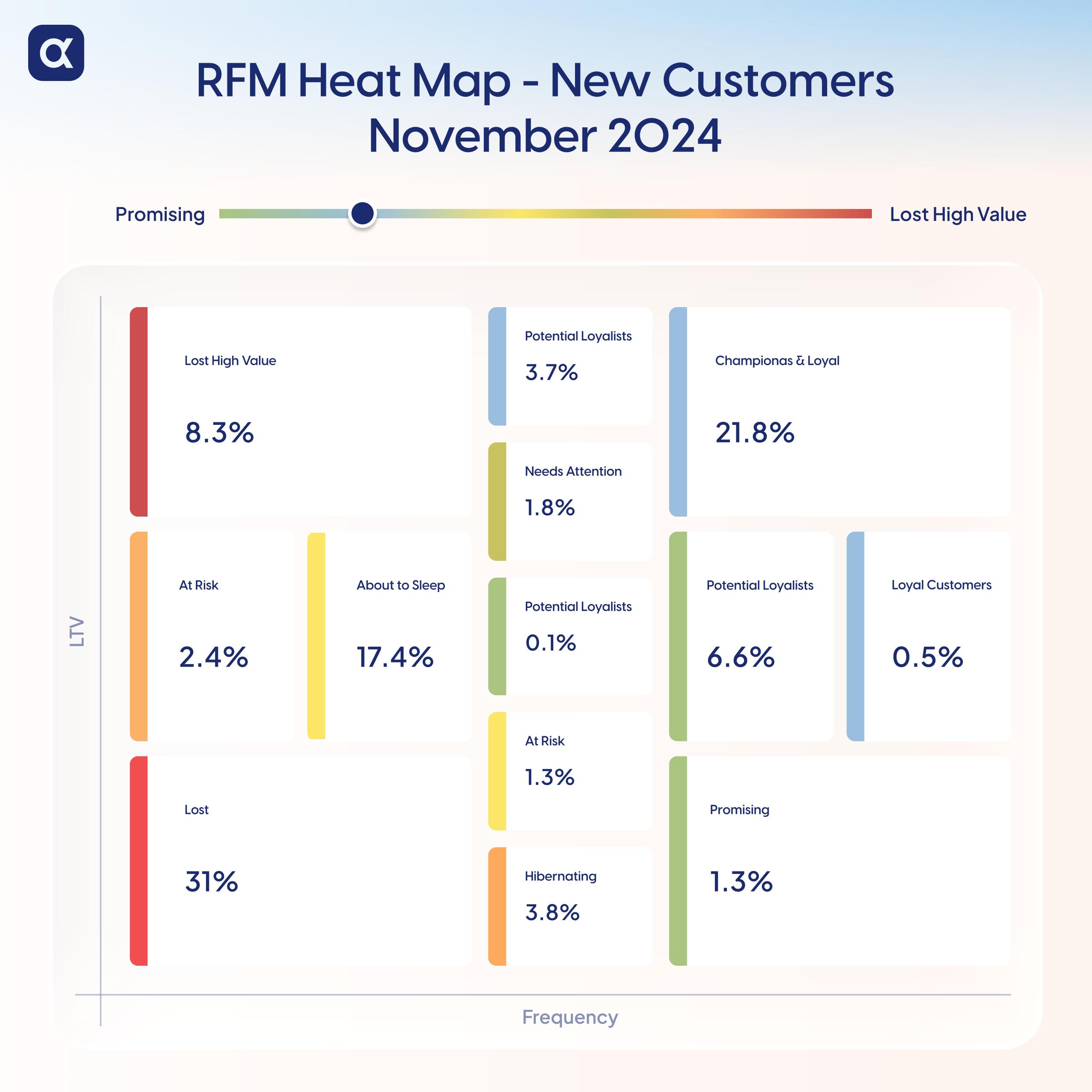
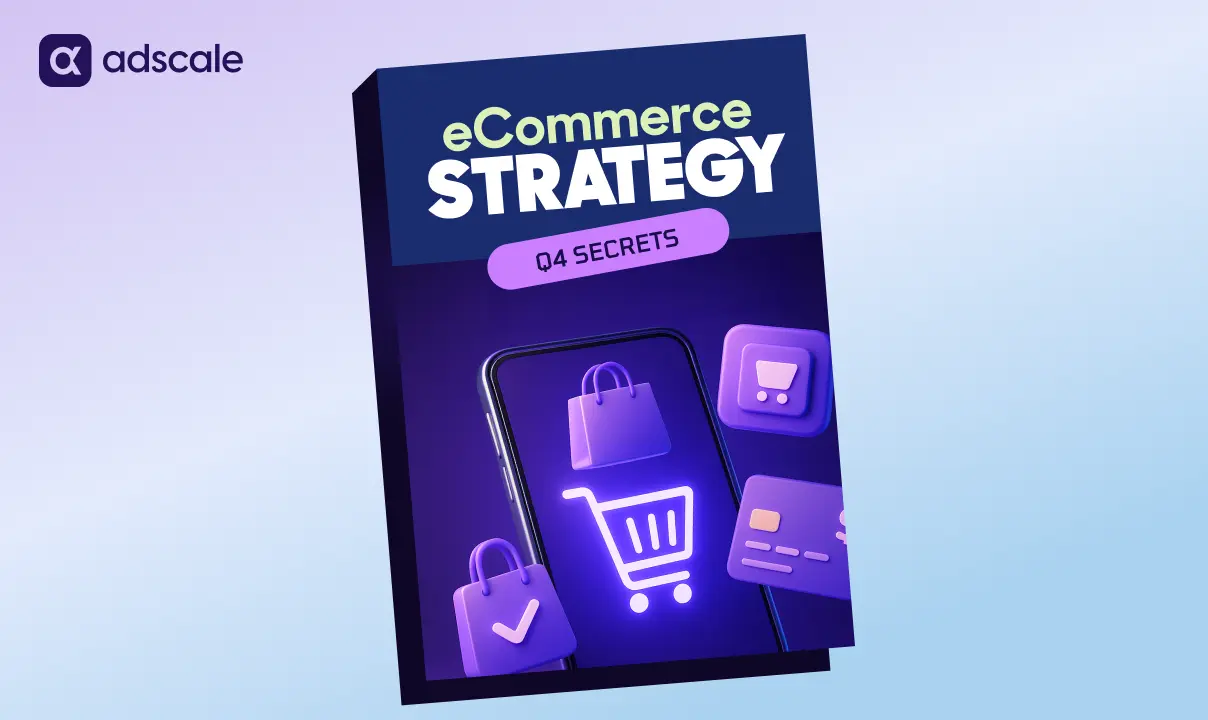
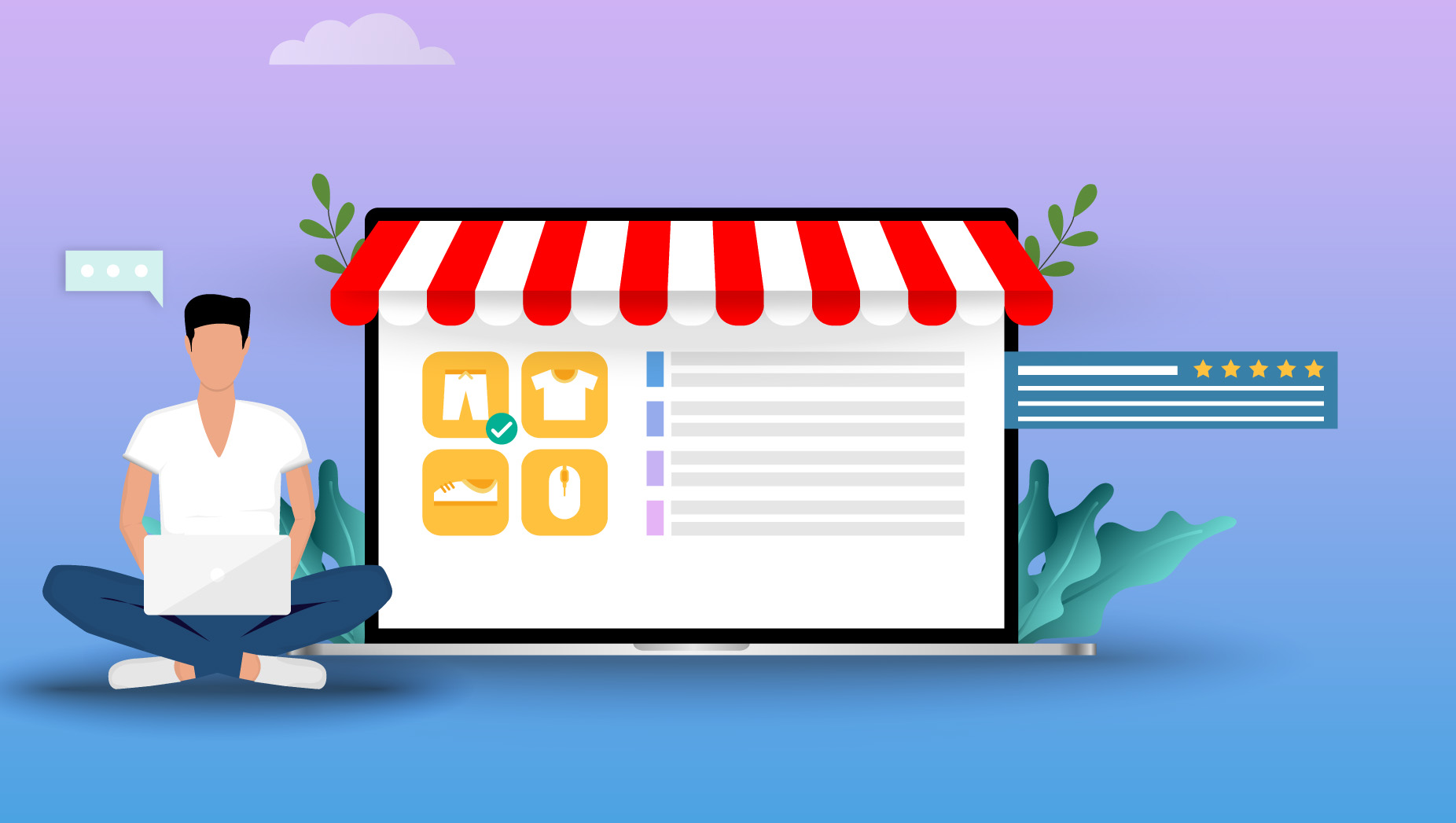


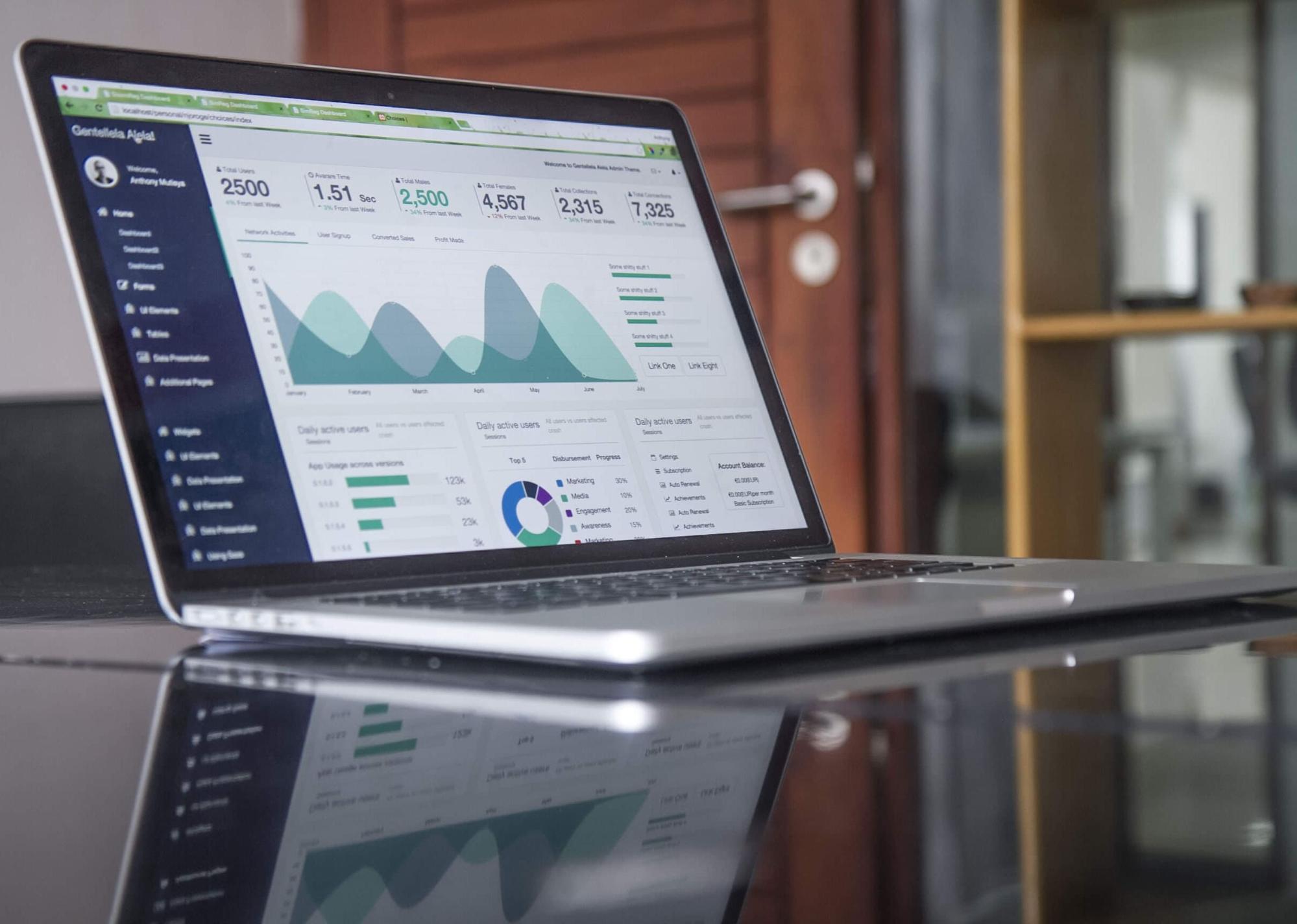

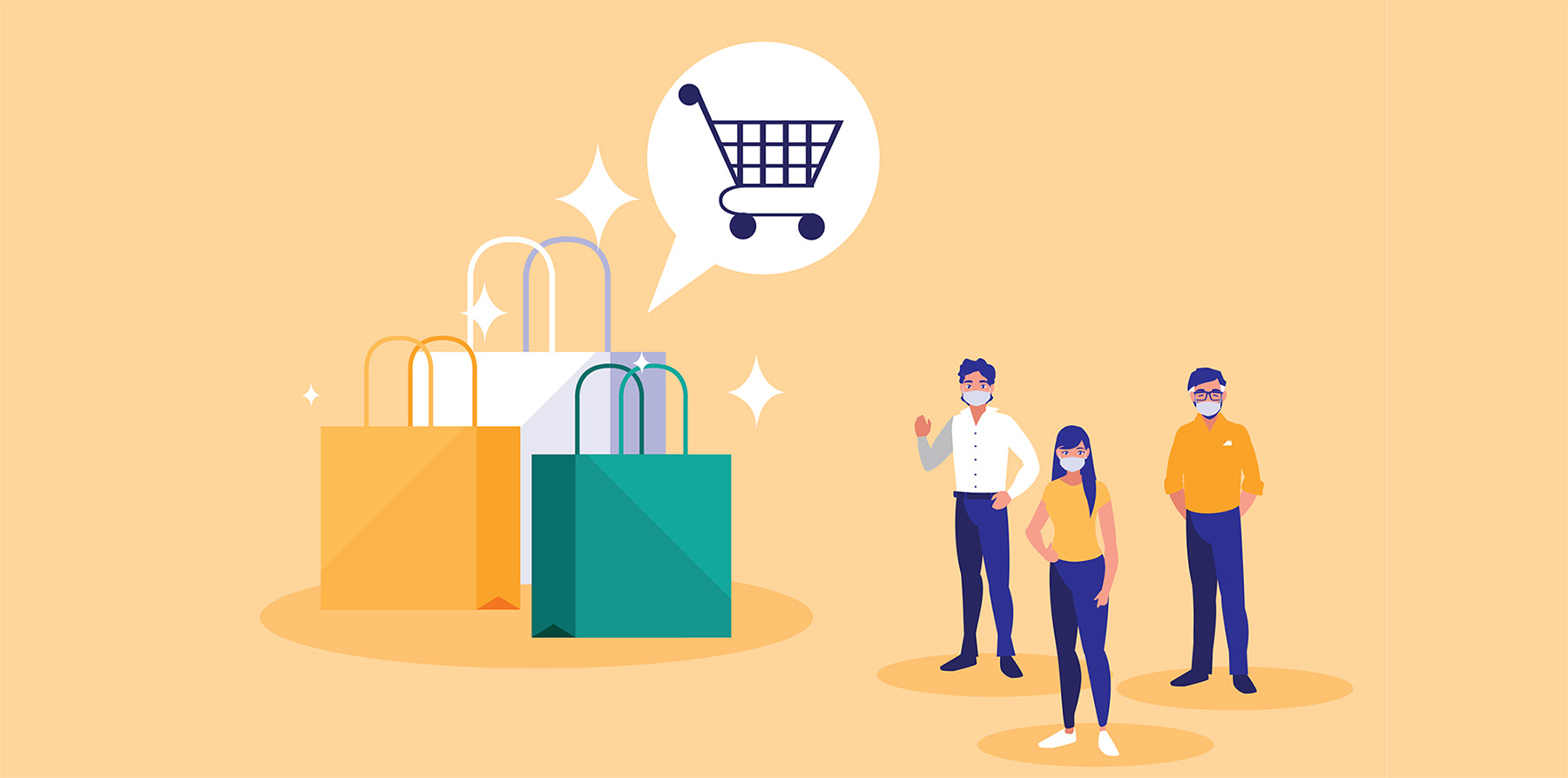
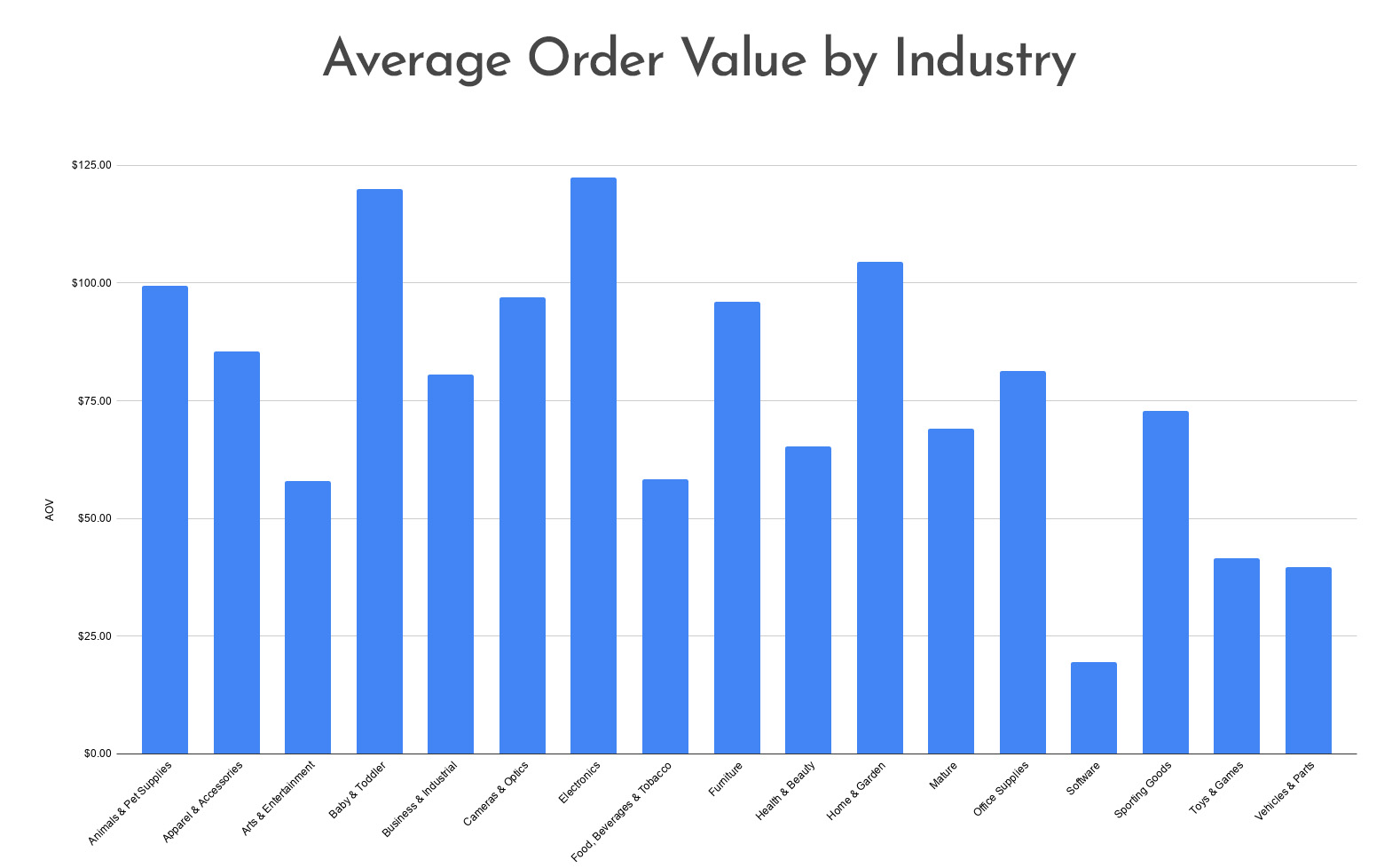
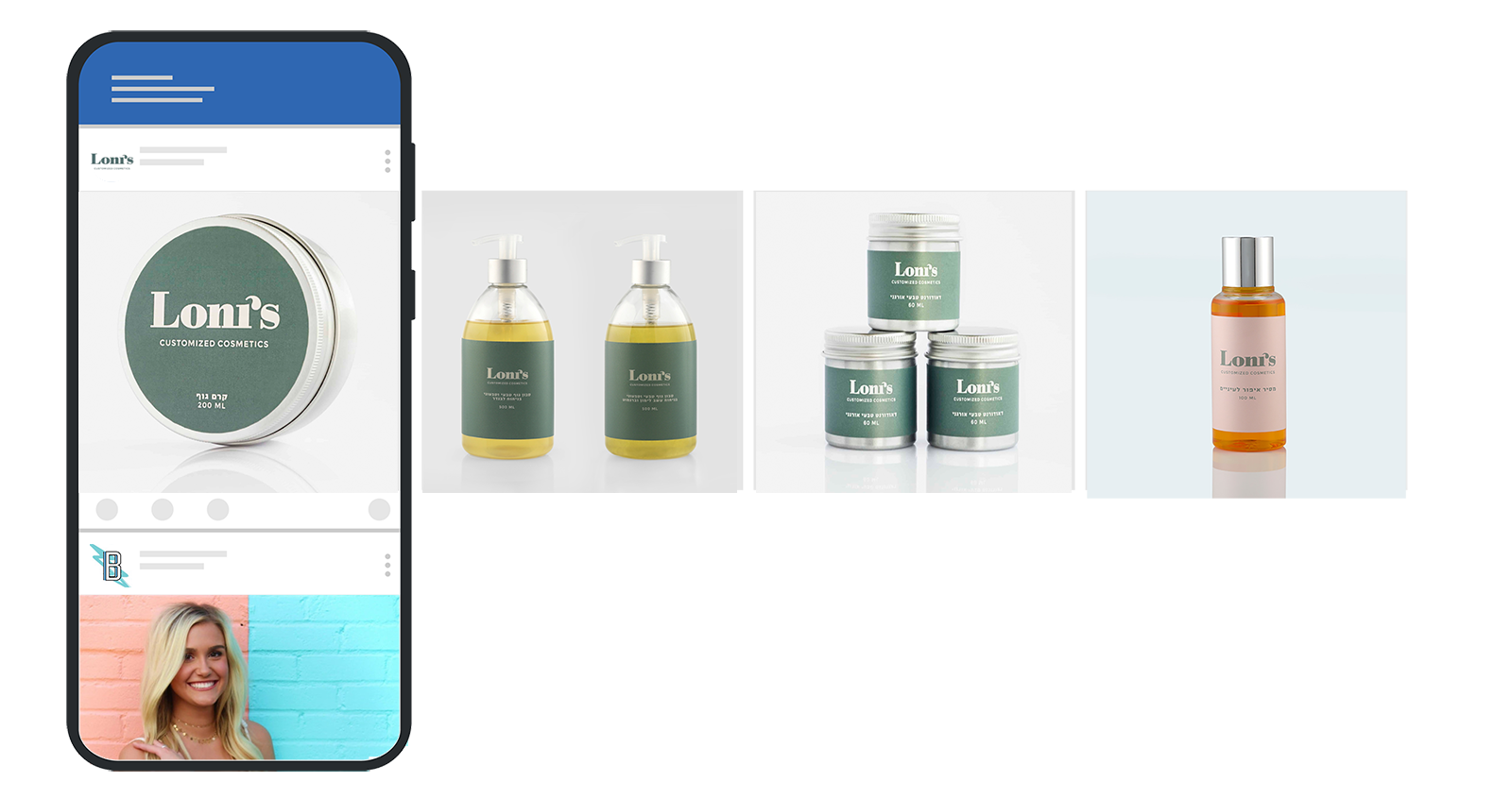
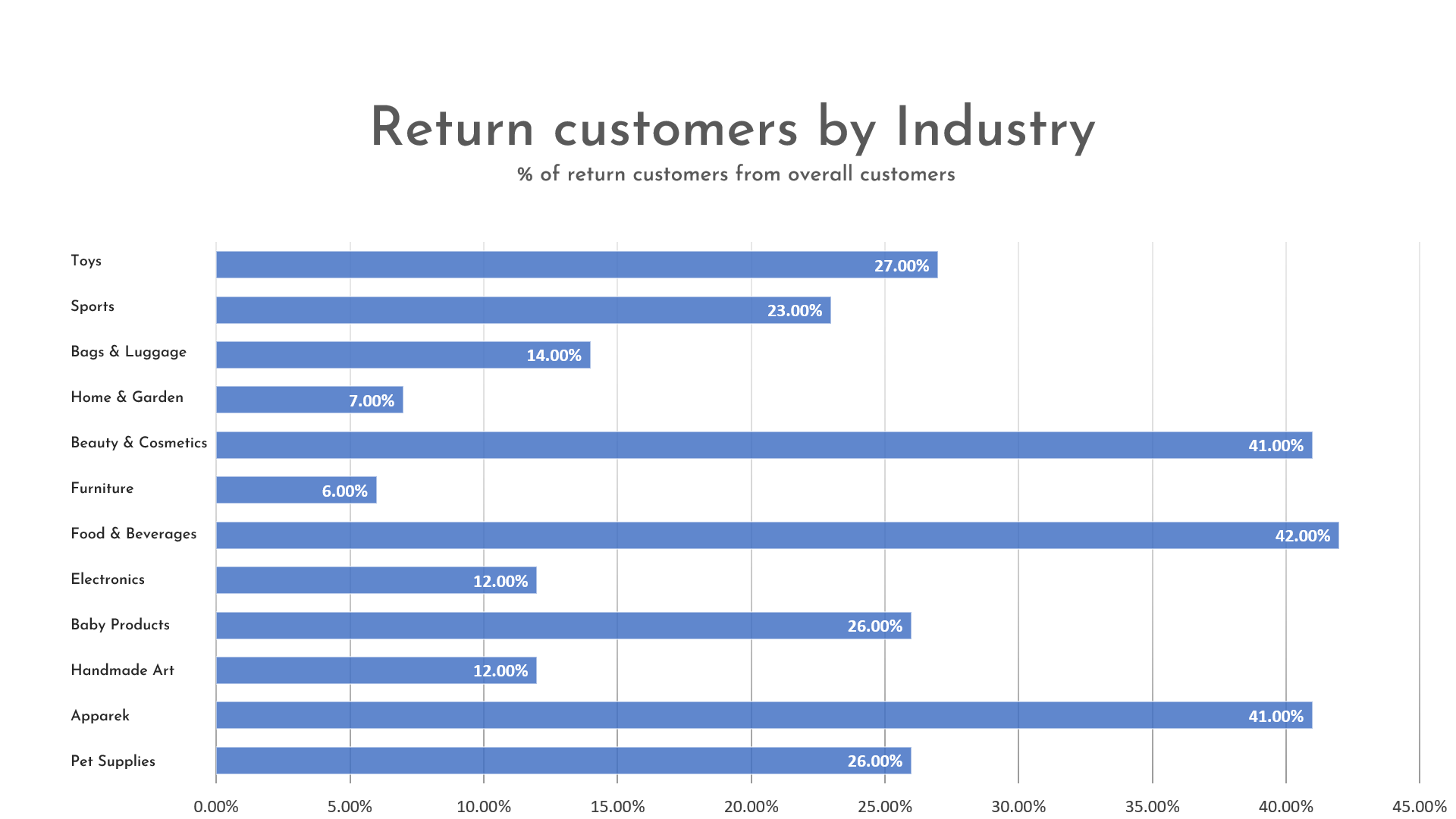

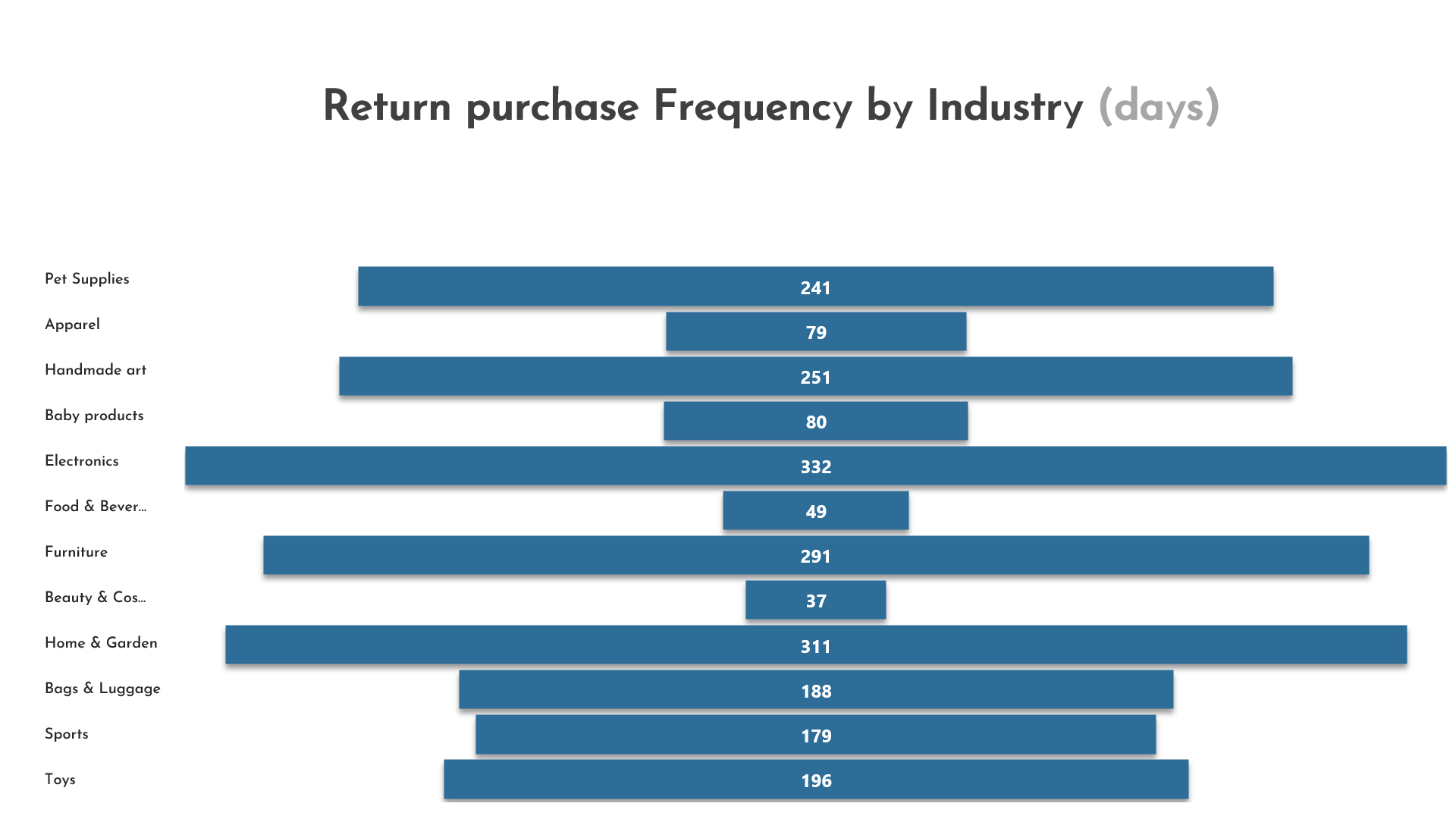



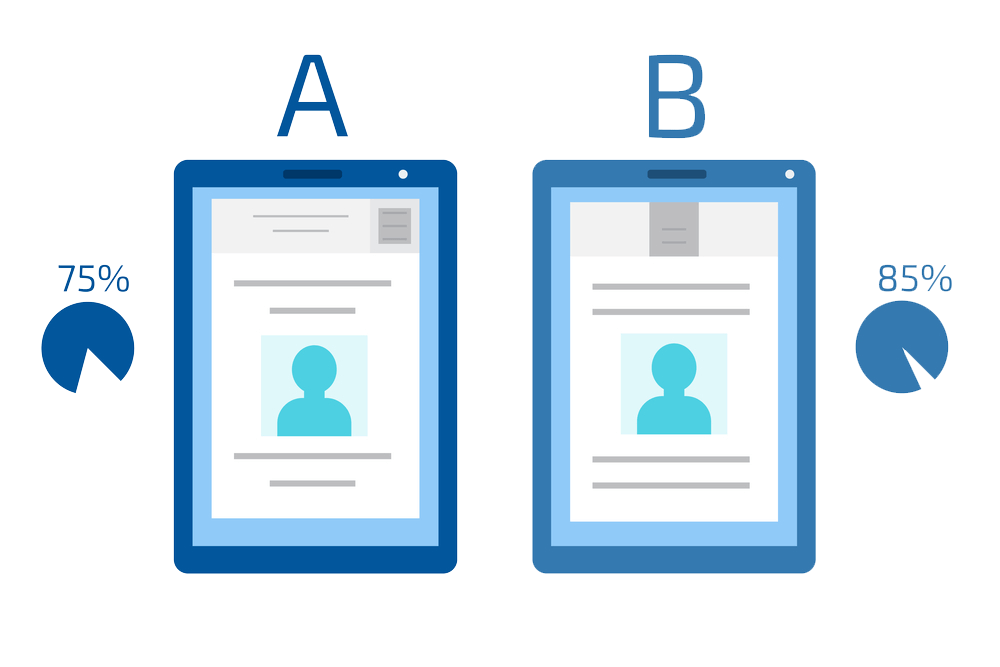
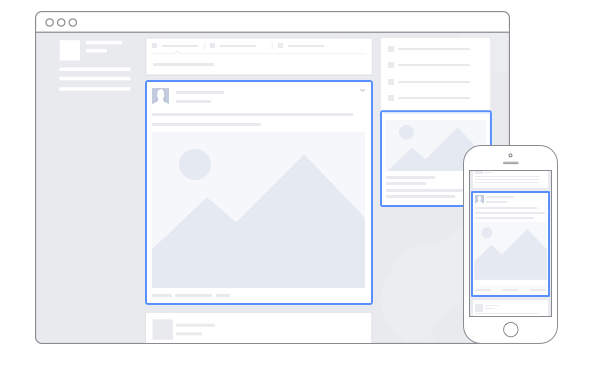
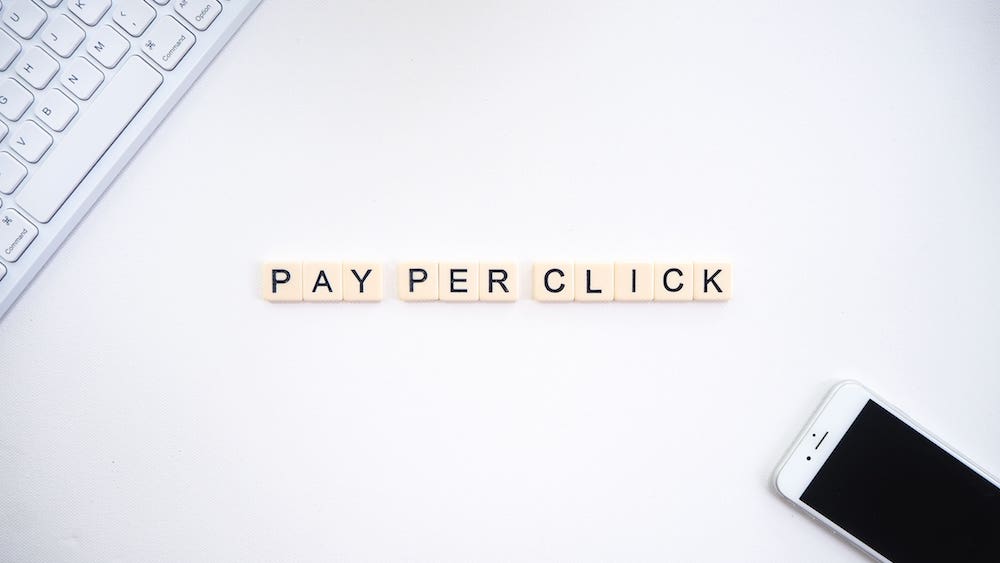




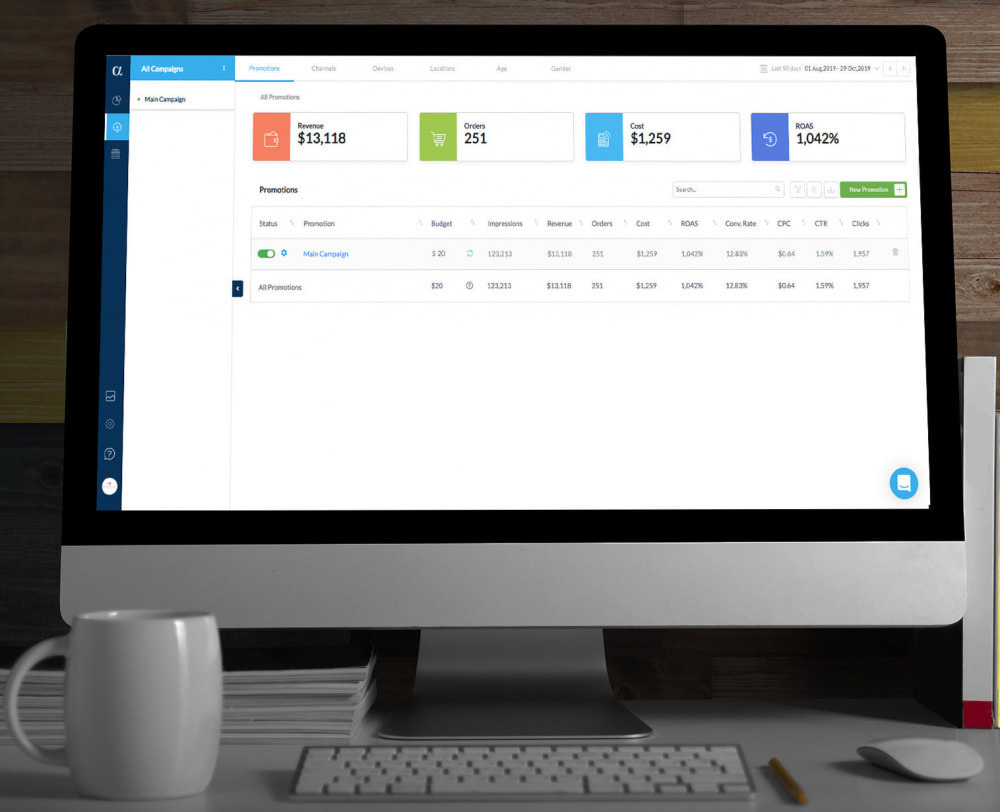

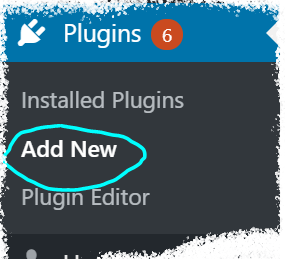
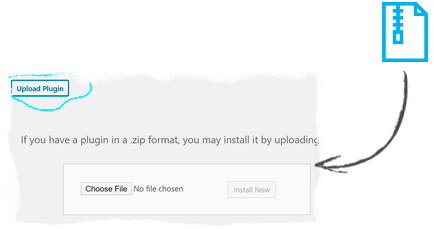
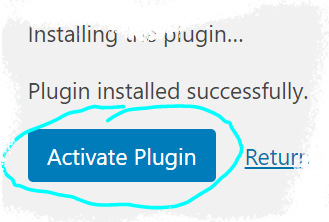
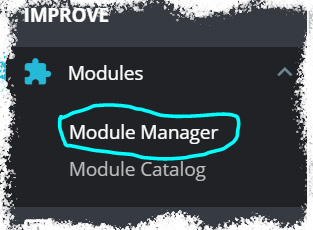
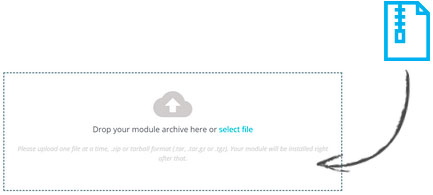
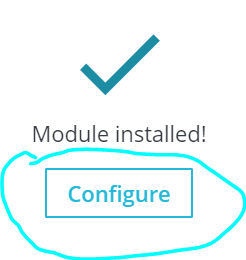



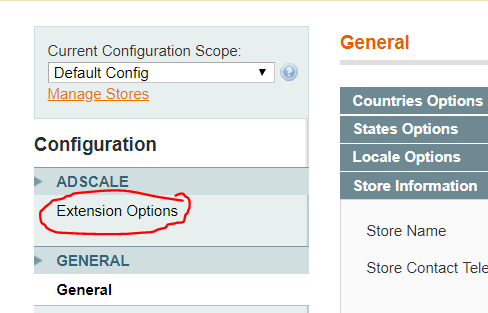
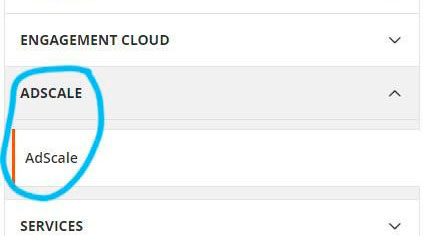
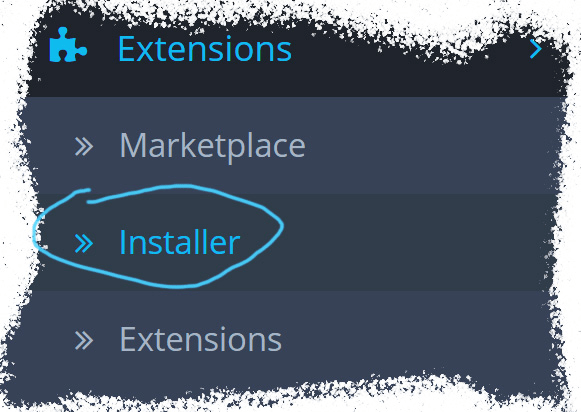
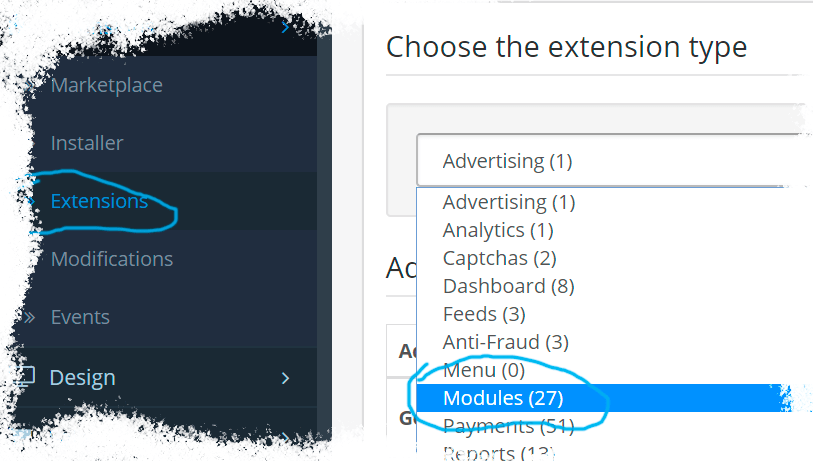
 ,
,